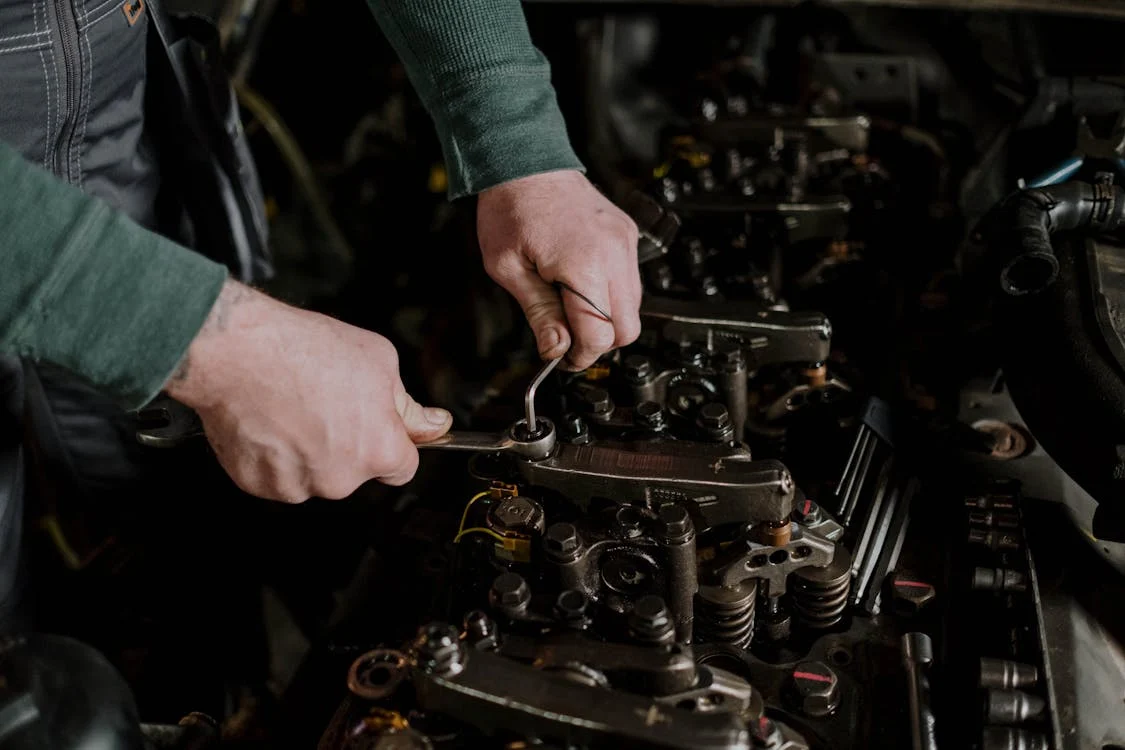If you’ve ever popped the hood and wondered what actually controls the rhythm of your engine, the cam shaft is a good place to start. Whether you’re dealing with a diesel-powered workhorse or a standard gasoline engine, this component is critical to how your internal combustion engine breathes, runs, and performs under load. At Behind the 8, we supply high-quality cam shafts and engine components to clients who can’t afford guesswork—and in this post, we’re breaking down exactly what a cam shaft does, why it matters, and what happens when it fails.
What Does a Cam Shaft Do in an Engine?
In simple terms, a cam shaft converts the rotational motion of the crankshaft into the linear motion needed to open and close your engine’s intake and exhaust valves. Each camshaft has lobes—called cam lobes—that push against valve lifters, which in turn control the intake valve and exhaust valve for each cylinder. This allows the precise amount of air-fuel mixture to enter the combustion chamber and the resulting exhaust gases to exit, all in time with the engine’s four-stroke cycle: intake stroke, compression, combustion, and exhaust stroke.
Most modern internal combustion engines are either SOHC (single overhead camshaft) or DOHC (dual overhead camshaft), with the latter offering more precise valve timing and better performance at high engine speeds. DOHC engines typically place the camshafts directly above the cylinder head, controlling valve lift and duration more effectively.
Timing Is Everything
The camshaft rotates in sync with the crankshaft—typically at half the crankshaft’s speed—thanks to a timing belt or timing chain. Get the timing off, and the valve opening will be out of phase, which can lead to misfires, loss of power, or worse—valve and piston collisions. That’s why camshaft sensor data is so important in modern engines. The sensor monitors the camshaft relative to crankshaft position, allowing the engine control unit (ECU) to adjust timing on the fly through variable valve timing systems, boosting both fuel efficiency and power output.
What Happens When a Camshaft Goes Bad?
Camshaft failure is less common than issues like bad spark plugs or clogged injectors—but when it happens, it’s serious. Symptoms of a failing camshaft include:
- Ticking or knocking sounds from the engine block
- Cylinder misfires or poor engine performance
- Reduced power and acceleration
- Metal shavings in the oil (a big red flag)
In diesel engines, camshaft wear has become a more visible issue as emission standards have pushed fuel injection pressures higher than ever before. This increases stress on cam lobes and can lead to premature wear if the material or lubrication can’t keep up. A deeper technical breakdown of this issue is available via SAE’s research on camshaft failures in diesel engines, which outlines the link between durability and rising emissions control demands.
When to Replace Your Cam Shaft
If your engine’s running rough or throwing timing-related codes, don’t wait. A failed camshaft can quickly escalate into valve train damage or even catastrophic engine failure. That’s why it’s so important to source the right part from a trusted supplier. At Behind the 8, we carry cam shafts built to perform in demanding diesel and industrial applications. Whether you need a replacement part for a DOHC engine or a timing-critical component for a heavy-duty combustion engine, we’ll help you find the right fit.
The camshaft might not be the first thing most operators think about, but it plays a huge role in your engine’s performance. If you’re unsure whether you’re facing camshaft duration issues, worn valve springs, or problems with valve timing, it pays to get expert guidance—starting with the right parts.



Comments are closed